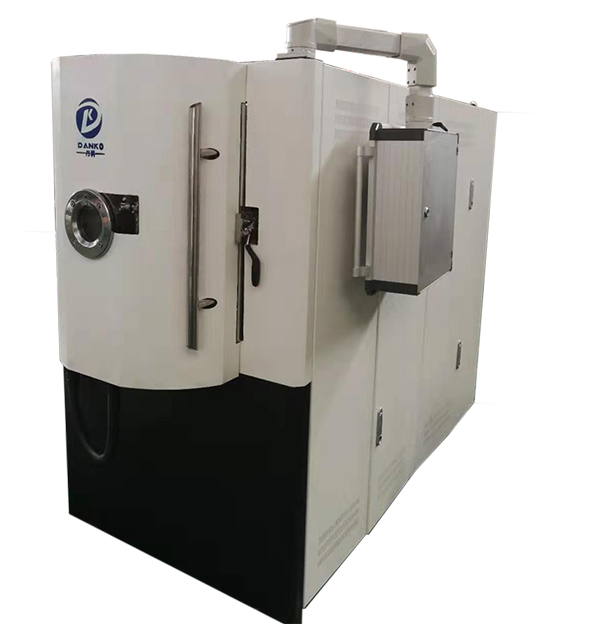Product Consultation
Your email address will not be published. Required fields are marked *
The Planar Magnetron is, in essence, a classic "diode" mode sputtering cathode with the addition of a permanent magnet array behind the cathode. This magnet array is arranged so that the magnetic field is normal to the electric field in a closed path and forms a boundary "tunnel" which traps electronsMedical Instrument Coating Machine near the surface of the target. This electron trapping improves the efficiency of gas ion formation and constrains the discharge plasma, allowing higher current at lower gas pressure and achieves a higher sputter deposition rate for PVD (Physical Vapor Deposition) coatings.
Several different Magnetron Sputtering cathode/target shapes have been used, but the common are circular and rectangular. Rectangular Magnetrons are often found in larger scale In line Magnetron Sputtering Systems where substrates scan linearly past the targets on some form of conveyor belt or carrier. Circular Magnetrons are more commonly found in smaller scale Confocal Batch Systems or single wafer stations in cluster tools.
Although more complex patterns can be done, cathodes - including virtually all circular and rectangular ones - have a simple concentric magnet pattern with the center being one pole and the perimeter the opposite. For the circular Magnetron, this would be a relatively small round magnet in the center, and an annular ring magnet of the opposite polarity around the outside with a gap in between.

For the rectangular Magnetron the center one is normally a bar down the long axis (but less than the full length) with a rectangular "fence" of the opposite polarity all the way around it with a gap in between. The gap is where the plasma will be, a circular ring in the circular Magnetron or an elongated "race track" in the rectangular. Note that, especially in larger cathodes, the magnets can be several individual segments rather than one solid piece.
As the target cathode coating material is used in PVD and material sputters off, you will be able to see these characteristic erosion patterns on the target face. In fact, in the event of any magnet problems such as missing, misaligned, or upside down, the erosion path will be abnormal and this can be a good diagnostic indication of such problems within your Magnetron Sputtering cathode.
The pole orientation of the individual magnets must be such that one pole is formed at the center, and the opposite pole at the perimeter. There are a couple of ways to do this. The common is to install the magnets' north/south poles perpendicular to the plane of the target, one pole toward the target and the other end - the "free" end / opposite pole - magnetically bridged to the other magnets by a pole plate made of magnetic (normally ferrous) material.
The complete magnetic circuit is thus an open north pole of one magnet (or a chain of individual magnets if not one piece) with its opposite south pole coupled by the magnetic material to the north pole of another, whose south pole is then open. These two magnetically opposite open ends face toward the target and the resulting magnetic field arches above the surface of the target to form the electron trapping, plasma concentrating tunnel
Note that the PVD Magnetron works with either magnetic alignment - the center can be north and the perimeter can be south, or vice versa. However, in Planar Magnetron Sputtering systems, there are multiple cathodes in fairly close proximity to each other, and you do not want stray north / south fields formed in between the targets.
Those N/S Magnetron magnetic fields should only be on the targets' faces, forming the desired magnetic tunnels there. For this reason, it is entirely desirable to make sure all the cathodes in one system are aligned the same way, either all north on their perimeters, or all south on their perimeters. And for facilities with multiple sputter systems, it is likewise desirable to make them all the same so that cathodes can safely be exchanged between the systems without worrying about magnet alignment.
Your email address will not be published. Required fields are marked *
 Tel: +86-13486478562
Tel: +86-13486478562 FAX: +86-574-62496601
FAX: +86-574-62496601 Email: [email protected]
Email: [email protected] Address: No. 79 West Jinniu Road, Yuyao, Ningbo City, Zhejiang Provice, China
Address: No. 79 West Jinniu Road, Yuyao, Ningbo City, Zhejiang Provice, China OEM/ODM PVD Coater Manufacturers
OEM/ODM PVD Coater Manufacturers